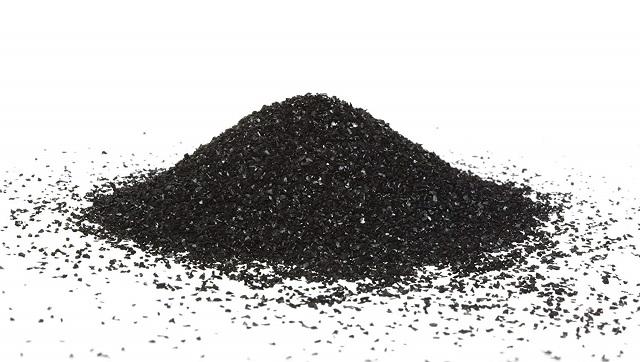ADSORPTION – MADE EASY TO UNDERSTAND
Activated Carbon is a versatile Adsorbent – having exemplary decolourization and contaminants removal properties. Activated Charcoal has been used by mankind since ancient times. Dating back to 400 BC the civilizations were using charred wooden barrels to store water. By 50 AD Hippocrates was using activated charcoal to treat multiple ailments and was considered the most effective treatment for intestinal ailments.
Activated Carbon works on the principle of Adsorption, which is much like absorption. But, adsorption involves a little more complex process, wherein, atoms, ions or molecules from a substance (it could be gas, liquid or dissolved solid) adhere to the surface of the Adsorbent.
Through this blog, it’ll be my endeavour herewith to help you understand this complex adsorption process in an easy-to-understand format. For which I’m going to take help from a class 7 school science topic which surely you’d be able to recall- Photosynthesis. Photosynthesis – is a topic related to nutrition in plants. Wherein it explains how plants make their food. The plant draws water & minerals from the ground below through the roots and then transports this water with minerals through the complex network of veins present inside the plant, up to the leaves. The leaves, having chlorophyll, in the presence of sunlight and CO2 in the atmosphere, and with this water and minerals, helps produce food (glucose) for the survival of the plant.
These very veins which transport water and minerals from the ground below up to the leaves, also help distribute this food/nutrient produced on the leaves to the entire plant/tree.
Now, let’s visualise and understand that in an Activated Carbon similar type of vein structure exists, which in adsorption terminology are termed as Pores. As per the IUPAC (International Union for Pure & Applied Chemistry), Pores, as per their radius (r ) are categorised, as;
- Micropores : r < 2 nm
- Mesopores : 2 < r < 50 nm
- Macropores : r > 50 nm
- Macropores are the trunk of the tree
- Mesopores are the branches, and
- Micropores are the leaves.
Like in Photosynthesis the real work of producing food for the plant happens on the leaves. Similarly, Micropores in an Activated Carbon is where the adsorption really takes place, and, wherein the majority of the contaminants are absorbed and retained. But! This won’t be possible till you have a robust network of transport pores, i.e, the Mesopores (branches of the tree) and Macropores (trunk of the tree). These Meso & Macro Pores facilitate the movement of the product/solution. The Micropores retain the majority of the contaminants. This treated fluid is then transported back, through these same transport pores (meso and macro-pores).
A good Activated Carbon should always have a fair distribution of Micro-Meso & Macro pores. Micro-Meso & Macro pores together as a team present in Activated Carbon, helps achieve the optimum adsorption and best decolourisation or contaminant removal efficiencies.
For an Activated Carbon, every application is unique. We always first understand the application, the need, influent characteristics, and desired effluent parameters. Only we suggest the right grade of our Activated Carbon, which has the most suited pore distribution for each application. We adsorb your process problems and catalyse your productivity, remain connected to know more about Activated Carbons.
Rajnish Virmani

